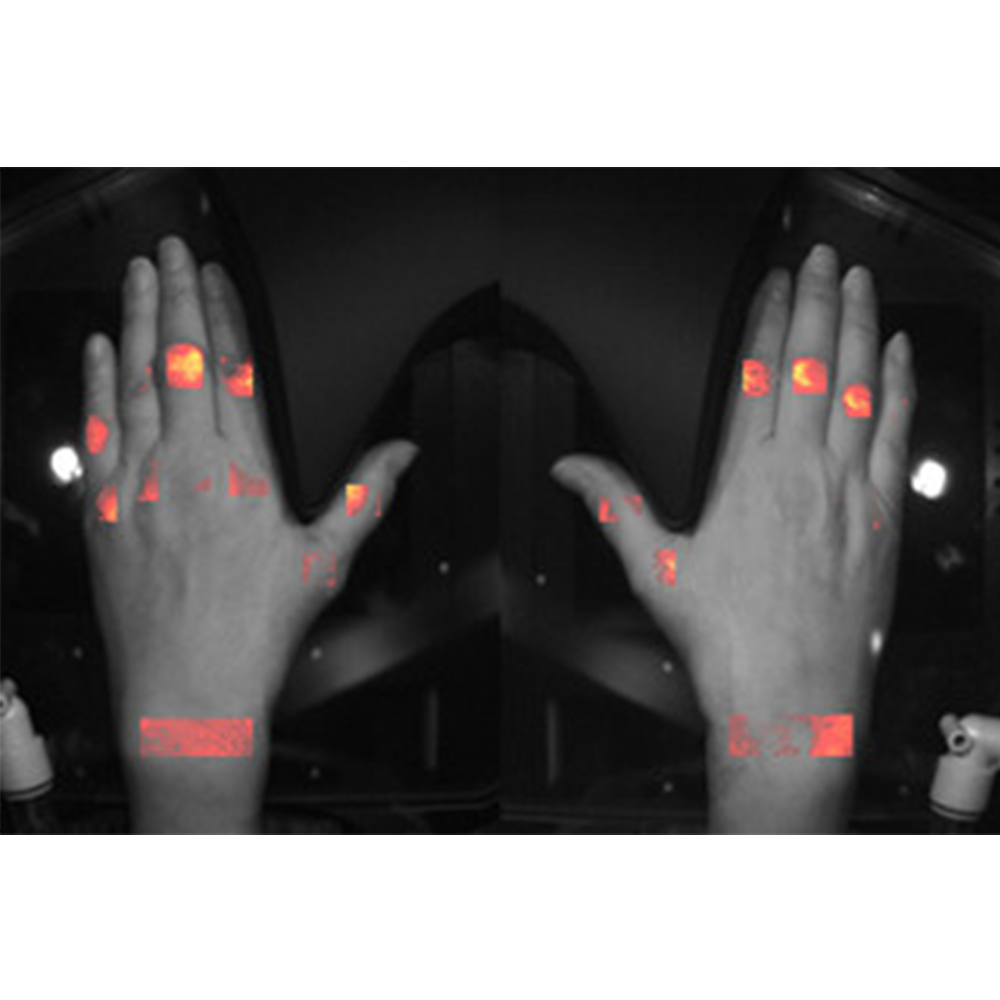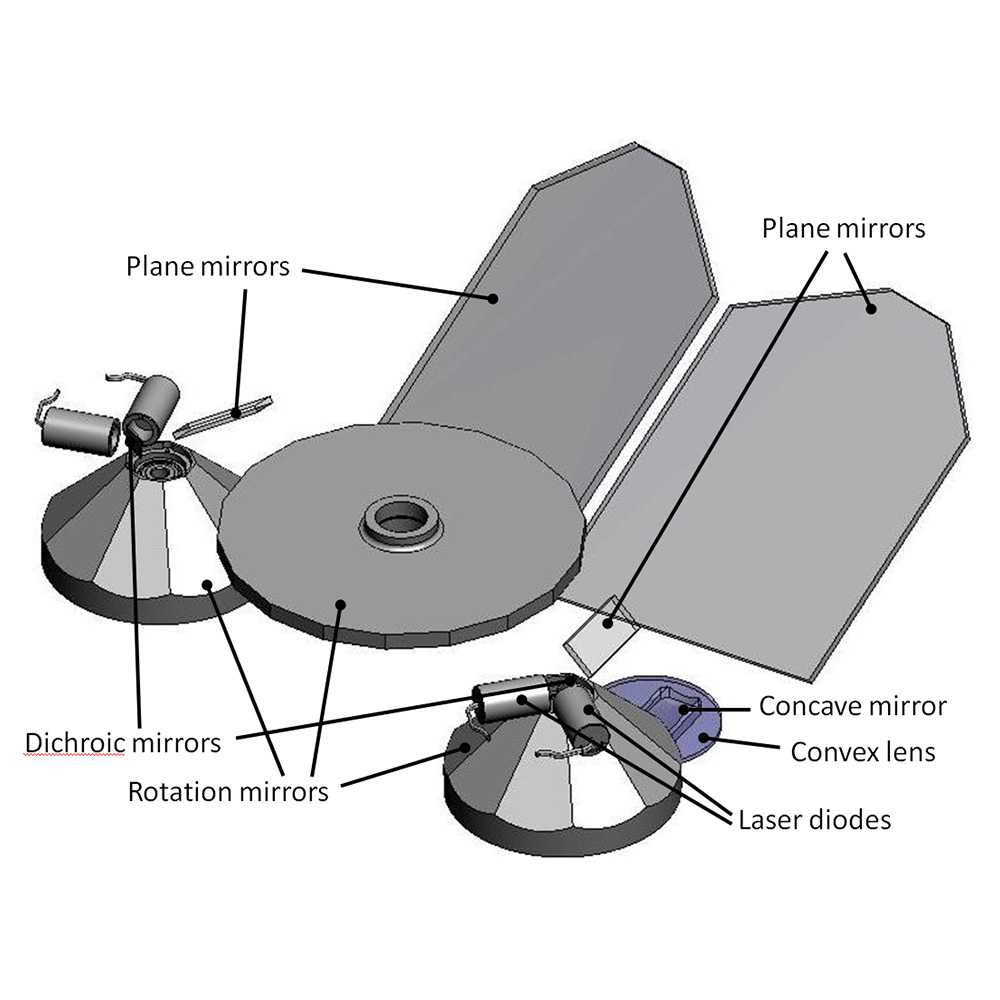ice cold stability.
What are the mechanisms behind cell functioning and…
Read MoreRheumatoid arthritis (RA) is a debilitating disease that affects about 1% of the population. Modern medical treatment policy is to apply tight control: frequent monitoring to quickly adjust medication in accordance with joint inflammation levels. However, there are not enough rheumatologists for frequent monitoring of all RA patients, while the commonly used disease activity score (DAS-28) contains several subjective components. The Hemics HandScan device addresses this by using inflammation detection in the hands through optical spectral transmission (OST). This takes only a few minutes per patient, can be operated by a nurse, visualizes inflammation hotspots, and gives objective inflammation scores that are automatically sent to the hospital information system (HIS).
• mechatronics
• optics
• image processing and analysis
• black-box modelling, machine learning and AI
• clinical studies and medical device regulations
• production
The HandScan uses a red and a near-infrared laser plus a system of rotating mirrors to create a scanning light spot underneath the hands. Cameras register light transmission through the hands. The contour of each hand and the approximate location of joints is automatically determined through image processing, and the laser spot is turned off outside the hand contour to prevent saturating the camera. During a measurement, a pressure cuff around each lower arm is temporarily inflated to obstruct venous blood flow back to the heart, and the resulting gradual changes in light transmission due to blood pooling give additional information about hemodynamic effects related to joint inflammation. Multispectral stacks of images captured during a measurement are processed and extracted parameters fed into inflammation models that output an inflammation score for each joint in the hand.
A data reduction of many orders of magnitude is first obtained by fitting the measured response curve of each pixel in a stack of images to a nonlinear mathematical model for hemodynamic response. This is followed by combining the extracted parameters of each pixel within a joint ROI (region of interest) and an (assumedly non-inflamed) reference ROI near the joint. This results in 10-20 parameters per ROI, and an automatically selected subset of less than 5 of these parameters forms the input for the inflammation scoring models. Reference data for training the inflammation scoring models is obtained from several clinical studies in which an expert ultrasonographer complements the raw image stacks of HandScan scans with target scores for use in supervised learning. Models are finally selected for clinical use based on their AUC value, a measure for the reliability of the inflammation scores. Inflammation scoring models can range from simple linear regression to multilayer perceptron networks in trade-offs between simplicity (minimizing overfitting risk) and accuracy.

One of our main challenges in our role as development partner for Hemics was to ensure stable and accurate alignment of the scanning laser illumination pattern underneath both hands, using a combination of rotating mirrors and computer vision based switching patterns with the two lasers.
We were a development partner from the start. We were responsible for the concept design as well as the detailed design and documentation. In addition, we made the hardware prototype and accompanying software and are now responsible for production of the HandScan.


A recent patient brimmed with enthusiasm about the HandScan. Patients value it to objectively see what they feel in their joints and see this imaging device as a considerable added value to disease monitoring. For us it is great to see how happy patients are with it.